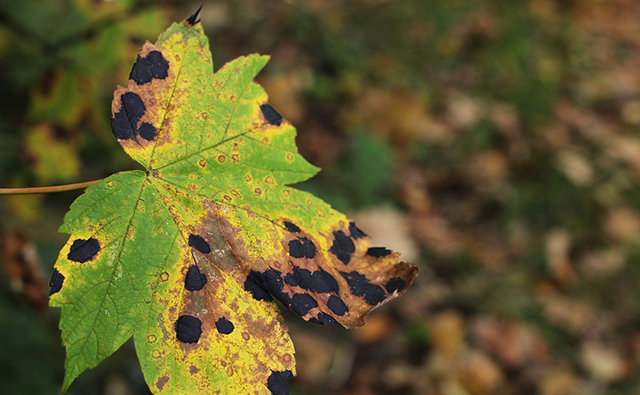Industry News, Fungicides, Agriculture & Feed
Should You Make an Early Fungicide Application?

Industry News, Fungicides, Agriculture & Feed

An early fungicide application gives farmers another tool for safeguarding plant health and yield potential. “A fungicide application doesn’t add yield. It protects the yield potential that’s there,” explains LG Seeds Agronomist Jed Norman. “The goal is to make sure the corn plant doesn’t have a bad day. Applying an early-season fungicide at the V4 to V8 development stage extends your plant protection.”
An early fungicide application isn’t a silver bullet, nor should it be viewed as a replacement for a fungicide application when the crop is tasseling. Norman emphasizes Midwest farmers will still likely get their biggest return on investment from an application when the crop is tasseling. But there are scenarios where an early-season fungicide application can pay off.
“Where I have seen an early fungicide application work the best is on continuous corn, especially in fields with a history of disease,” Norman says. In a similar vein, he notes Corn Belt areas with a history of heavier disease pressure may also benefit from an early-season treatment.
“It all comes down to the disease triangle,” he says, adding it depends on the weather and when diseases arrive.
“Tar spot could have another aggressive year in Iowa if conditions are right,” Norman continues, noting some areas were hard hit last season. He points out tar spot takes advantage of stressed plants – whether that’s due to crown rot, northern corn leaf blight, hail damage or some other threat. Farmers looking to up their defenses might consider an early fungicide application, in addition to planting a diverse selection of tar spot-tolerant hybrids.
An early fungicide application can help crops get off on the right foot. “There’s a lot going on with corn at the V4 to V8 development stages,” Norman explains.
The shorter stature of the crop at these stages also offers some advantages. “You can scout more efficiently when corn is waist high or shorter,” Norman observes. “Another thing farmers like about an early fungicide application is they can usually spray it themselves. That lends some cost efficiencies and gives them more control over the application itself.”
Fungicide can be bundled with a nutrient pack or herbicide during an early application, allowing the farmer to apply several products in one trip.
If you opt for an early fungicide application, Norman says knowing field history and looking at prior year scouting notes can be helpful. Choosing products with multiple modes of action is also important for near-term effectiveness and preventing resistance issues down the road.
When it comes to spraying, Norman says good coverage should be a priority. “Make sure you use adequate carrier volume, use nozzles that produce finer droplets, and make sure every square inch of the plant is covered.” He also warns farmers combining an early fungicide with other products like a surfactant or crop oil not to spray beyond the V8 stage.
Norman says farmers should “follow the label and be prepared to adjust to whatever Mother Nature throws their way.”